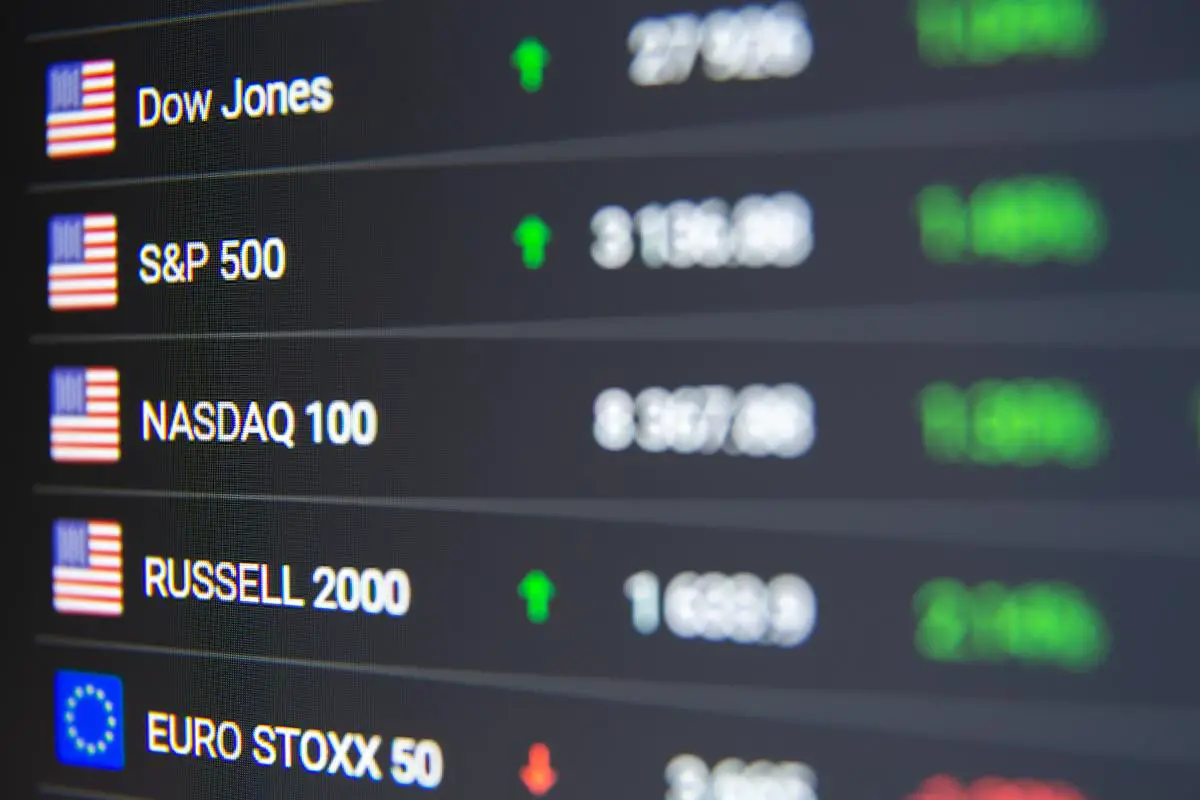
The S&P 500 (SNPINDEX: ^GSPC) has climbed higher for six consecutive weeks, and the benchmark index reached a new record high on Friday, Oct. 18. That upside comes from excitement about artificial intelligence stocks, falling interest rates, and the potential stimulus holiday spending could provide for the economy.
The S&P 500 has advanced 23% year to date, roaring through 47 record highs in the process, according to Bloomberg. That momentum has some investors feeling nervous, but the stock market has historically performed well after reaching a record high. Here are the important details.
History says the S&P 500 could return more than 13% over the next year
The S&P 500 measures the performance of 500 large U.S. companies that span all 11 stock market sectors, covering approximately 80% of domestic equities by market capitalization. The index’s scope and diversity make it the best gauge for the overall U.S. stock market.
As mentioned, the S&P 500 recently hit its 47th high of the year. While that undoubtedly makes some investors nervous, record highs are relatively common. In fact, the S&P 500 has historically closed at an all-time high 6.6% of the time, according to JPMorgan Chase analysts. That’s about 1 out of every 15 trading days.
The analysts also noted that nearly one-third of record highs have historically been stock market floors, meaning the index never fell more than 5% from that level. In other words, upward momentum in the stock market typically leads to more upward momentum, such that highs are usually clustered together.
Between January 1988 and December 2023, the S&P 500 returned an average of 13.4% over the 12-month period following record highs, but it returned an average of 11.9% over every 12-month period in that interval. That means investors would have been better off buying shares of an S&P 500 index fund when the index hit a record high as opposed to other days.
Here’s the bottom line: History says the S&P 500 will climb 13.4% over the next 12 months. But that assumes future returns will align precisely with past performance, and investors should never make that assumption. As always, how the stock market actually performs over the next year will depend entirely on corporate financial results and valuations.
The S&P 500 trades at a historically expensive valuation
Collectively, S&P 500 companies reported 11.2% earnings growth in second quarter, their best performance since the fourth quarter of 2021, according to FactSet Research. Importantly, that earnings growth was high quality, meaning it was a product of accelerating revenue growth and expanding net profit margins rather than stock buybacks.
That momentum is projected to persist. Analysts forecast S&P 500 companies will report earnings growth of 14% for the fourth quarter of 2024 and 15.1% for the full year 2025. At the sector level, technology stocks are expected to report above-average earnings growth of 20.9% in 2025 driven by strong demand for artificial intelligence products. For context, only healthcare stocks are projected to deliver faster earnings growth next year.
Overall, that bodes well for investors, especially those with heavy exposure to technology stocks involved in the artificial intelligence trade. However, the market may have priced in any potential upside arising from the forecast acceleration in earnings growth. I say that because the S&P 500 currently trades at 21.9 times forward earnings, a premium to the five-year average of 19.5 times forward earnings.
The S&P 500’s present valuation means many stocks are expensive by historical standards. It also means the index could decline, perhaps sharply, if analysts downwardly revise their outlooks concerning earnings growth. The S&P 500 could also decline if companies report earnings growth below what Wall Street anticipates.
Here’s the big picture: The stock market’s current momentum could continue into the next year, such that the S&P 500 returns 13.4% over the next 12 months, as history suggests. But elevated valuations are a major risk, so investors should be especially cognizant of that fact when buying stocks in the current environment. Not every great company is a great investment, and no stock is worth buying at any price.
Should you invest $1,000 in S&P 500 Index right now?
Before you buy stock in S&P 500 Index, consider this:
The Motley Fool Stock Advisor analyst team just identified what they believe are the 10 best stocks for investors to buy now… and S&P 500 Index wasn’t one of them. The 10 stocks that made the cut could produce monster returns in the coming years.
Consider when Nvidia made this list on April 15, 2005… if you invested $1,000 at the time of our recommendation, you’d have $845,679!*
Stock Advisor provides investors with an easy-to-follow blueprint for success, including guidance on building a portfolio, regular updates from analysts, and two new stock picks each month. The Stock Advisor service has more than quadrupled the return of S&P 500 since 2002*.
*Stock Advisor returns as of October 14, 2024
JPMorgan Chase is an advertising partner of The Ascent, a Motley Fool company. Trevor Jennewine has no position in any of the stocks mentioned. The Motley Fool has positions in and recommends FactSet Research Systems and JPMorgan Chase. The Motley Fool has a disclosure policy.
The S&P 500 Has Roared by 47 Record Highs in 2024. History Says the Stock Market Will Do This Next was originally published by The Motley Fool


Leave a Comment